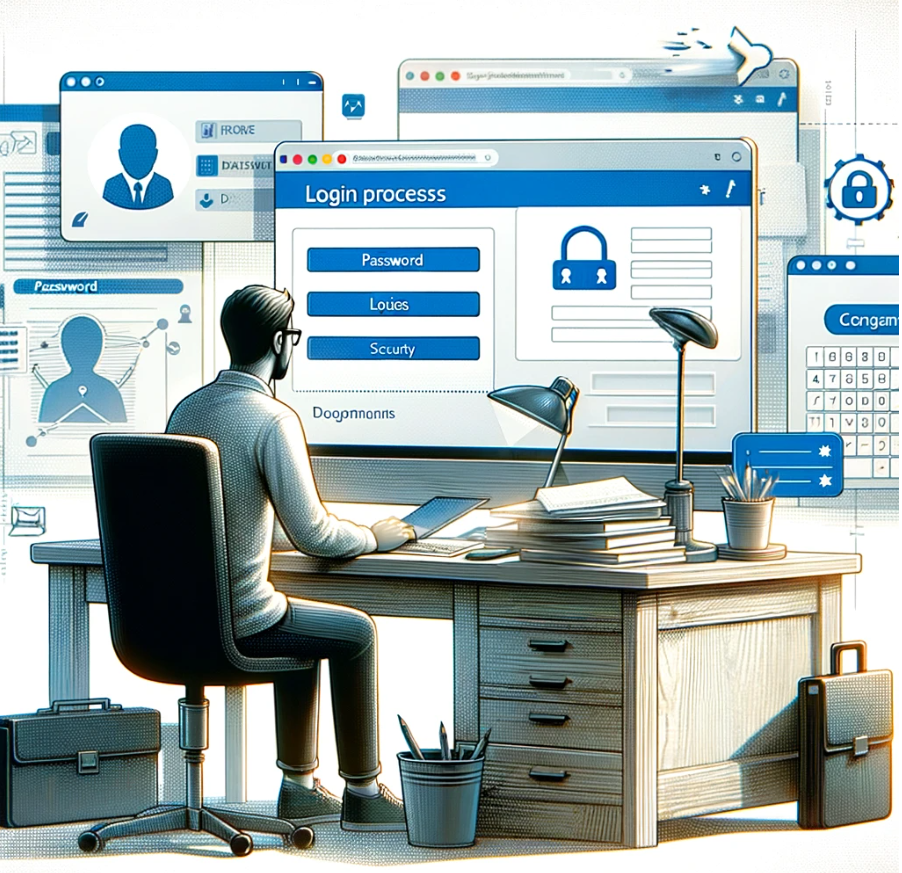In today’s world, technology has become an essential part of our lives, including in the field of education. From elementary classrooms to university lecture halls, the integration of technology has transformed the way teachers teach and students learn. But why exactly is technology so crucial in education? Let’s explore this topic in a friendly, easy-to-understand way.
How Does Technology Enhance Learning?
Technology in education helps make learning more engaging and effective. With interactive tools and digital resources, students can learn at their own pace and in ways that are best suited to their personal learning styles. For instance, videos, interactive simulations, and virtual labs make it easier to understand complex subjects by providing visual and practical experiences that books alone cannot offer.
Moreover, technology enables personalized learning. Educational software and apps can adapt to individual student’s learning speeds and styles, providing tailored feedback and adjusting difficulty levels to meet their specific needs. This personalized approach helps ensure that every student finds the path that is right for them, maximizing their learning potential.
What Tools Do Students and Teachers Use?
There are numerous tools that both students and teachers can use to facilitate learning. These range from learning management systems (LMS) that organize course content and track progress, to digital portfolios that help students showcase their work over time. Devices like tablets and laptops are common in many classrooms, enabling access to a vast amount of information and resources online.
A practical example of a digital tool in education is Ncedcloud is a platform that provides secure access to a host of educational tools, helping students and educators efficiently manage their resources and information.
Why Is Accessibility Important in Educational Technology?
Technology also plays a crucial role in making education accessible to everyone, including those with disabilities or those who live in remote areas. With digital textbooks and resources, students who might not be able to attend school due to physical disabilities or geographical limitations can still access quality education. Technologies like screen readers and speech-to-text tools help students with visual or hearing impairments engage with the same educational materials as their peers.
How Does Technology Prepare Students for the Future?
In a world where technology is everywhere, having a good grasp of tech skills is crucial for most careers. Educational technology not only helps students learn these necessary skills but also prepares them for the digital world. By using tools like Ncedcloud login, students become proficient in navigating online platforms, which is a valuable skill in almost any job today.
Moreover, technology in education helps foster critical thinking and problem-solving skills. Digital projects and collaborative online tools encourage students to work together, think critically, and solve complex problems—abilities that are highly valued in any professional setting.
What Are the Challenges of Using Technology in Education?
While the benefits are significant, there are also challenges to integrating technology in education. Issues such as digital divide, where not all students have equal access to technology, and the need for teacher training on new technological tools, are real concerns that need to be addressed to maximize the benefits of tech in education.
Conclusion
Technology is undeniably important in the educational landscape today. It supports a more interactive, personalized, and accessible learning experience and prepares students for a future in which digital literacy will be mandatory. For more insights and updates on educational technology, visiting websites like https://ncedcloudinsider.com/ can be very helpful. As we continue to navigate the evolving world of education, embracing technology will undoubtedly play a pivotal role in shaping successful educational outcomes.
FAQ: Technology in Education
1. Can technology reduce educational costs?
Yes, technology can lower costs by providing digital textbooks and online resources, reducing the need for physical materials.
2. Does technology in education support environmental sustainability?
Indeed, digital learning reduces the need for paper, helping schools decrease their environmental footprint.
3. How does technology help in teacher-student communication?
Technology enables constant and instant communication through platforms like emails and educational apps, improving interaction outside traditional classroom settings.

